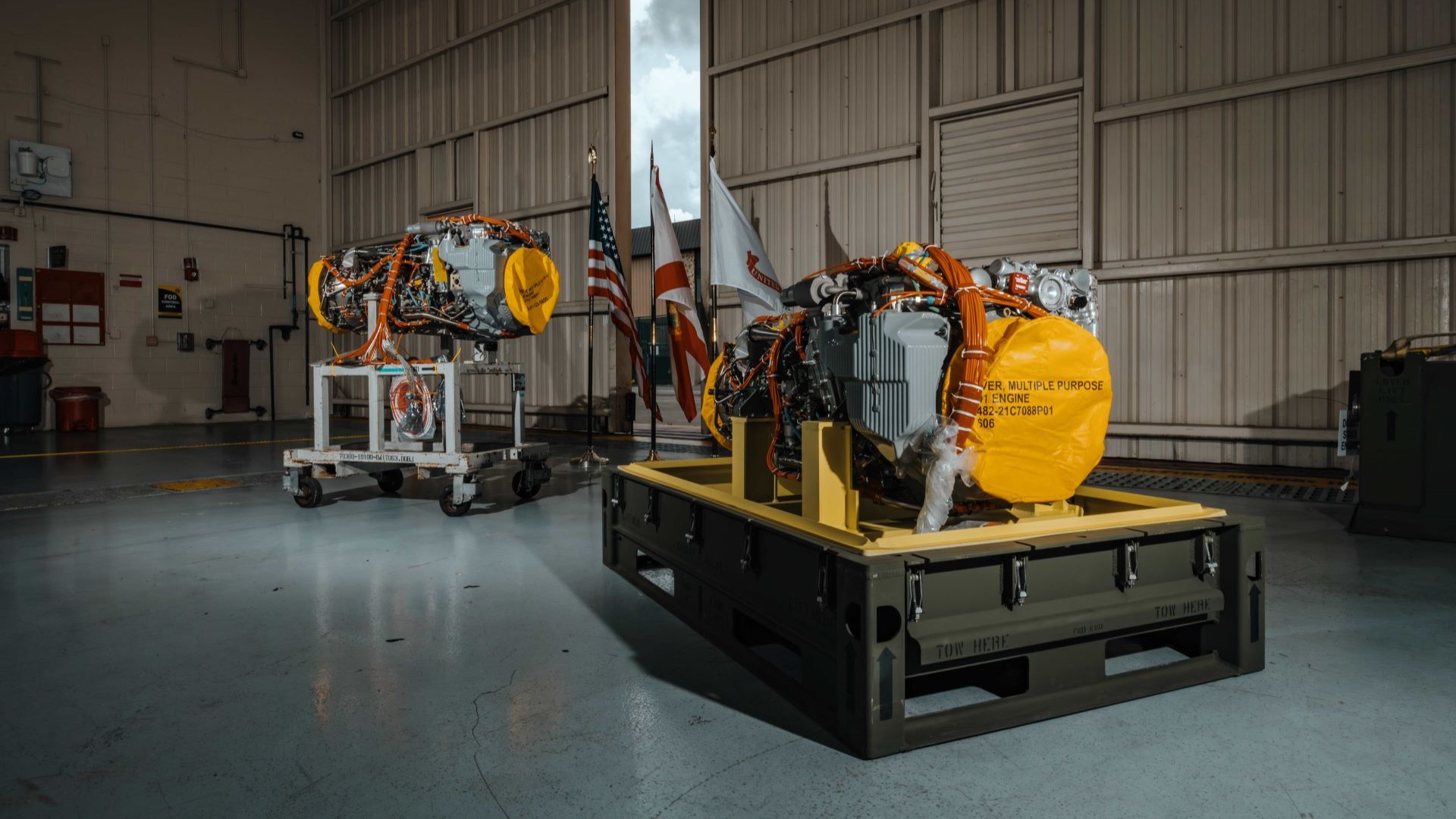For decades, turboprop pilots controlled their engines via two levers in the cockpit – one modulating engine speed with the other controlling engine power. Their pilot counterparts operating turbofans? They’ve enjoyed the simplicity of a single throttle.
Good news, turboprop pilots! Your challenging workloads are about to go the way of the dinosaur and the dodo bird.
In April, 2015, GE Aviation successfully flight tested the business and general aviation’s industry‘s first electronic engine and propeller control system (EEPC, for short) on its H Series turboprop engine via a KingAir C90 conversion aircraft developed by Nextant Aerospace, which will deliver its first EEPC-powered plane later this year. The EEPC is designed to significantly reduce pilot workload, utilizing a single-lever control to integrate engine and propeller operation, eliminating traditional turboprop worries -- such as overtemping and overtorquing -- to improve engine life, ease of maintenance… and mind!
Operability of GE’s EEPC was proven as high as 30,000 feet during flight trials, successfully demonstrating steady-state and transient response of the system. Starts and restarts of GE’s EEPC were completed as high as 15,000 feet during those same flight trials.
GE expects to achieve European Aviation Safety Agency (EASA) certification of the EEPC system in the coming months.
Once, twice, three times a turboprop
As if it were a Broadway showing of Hamilton, customers are lining up outside GE’s turboprop business in Czech to add the EEPC to their own turboprop offerings.
“I’m a pilot,” said Brad Mottier, GE Aviation’s VP of Business and General Aviation and Integrated Systems business. “With the GE EEPC, you can be flying an H Series-powered EEPC aircraft and go from full forward throttle and slam it to full beta (reverse power) … Let’s just say you wouldn’t want to try that on any other turboprop engines out there today. Via the flight testing of the EEPC, we proved we can do this.
“EEPC is truly a gamechanger in terms of pure capability: autostart, torque limit, temp limit, speed limit, you name it. With the introduction of the EEPC, from a pure cockpit operability standpoint, pilots will now be able to push for takeoff and not worry about temperatures, speeds, torque. They just need to fly the plane knowing they are getting maximum performance from the engine.”
GE’s second EEPC will be Thrust Aircraft, Inc.’s 510G cropduster, entering service in 2017 via the H80 engine. In December, 2015, Thrush Aircraft, Inc., and GE Aviation announced plans to develop a more powerful, H85-powered version of the current Thrush 510G crop duster, which will enter service with the EEPC in 2018. In addition, Blackshape and GE Aviation announced plans to develop a brand-new H Series-powered high-performance aircraft featuring the EEPC system. It’s the third announced application, with more in the offing.
What’s in a name?
... That which we call a rose. By any other name would smell as sweet.
Ok, EEPC doesn’t exactly roll off the tongue like Shakespearean prose, but the term does accurately describe the three rosy new features brought to GE-powered turboprops, which are indeed quite sweet:
- Electronic Engine Control Unit
This is the brain of the engine control system. This component is responsible for electronic control of the engine and propeller by the single lever. It auto-starts the engine and automatically prevents overtemp, overspeed and overtorque, leading to longer engine life and easier maintenance.
- The Fuel Metering Unit
This piece meters out how much fuel the engine needs. Integrated with the fuel pump, the FMU guarantees the engine always has just the amount it needs – nothing more, nothing less.
- Electronic Prop Governor
This part controls the propeller speed, forward & reverse blade pitch control. It mechanically prevents the engine and propeller from overtorque and overspeed, again, so the propeller won’t speed more than it is supposed to.
“Operators have wanted EEPCs on their turboprops for many years. GE is excited to be the first to bring this game-changing innovation to the market via the H Series,” said Norman Baker, President & Managing Executive of GE Aviation Czech, which produces the GE H Series family of engines. "We look forward to providing these easy-to-operate turboprop engines to meet the evolving needs of our customers. We’re happy to announce Blackshape as our third customer for the EEPC and look forward to the upcoming EEPC service entries."





